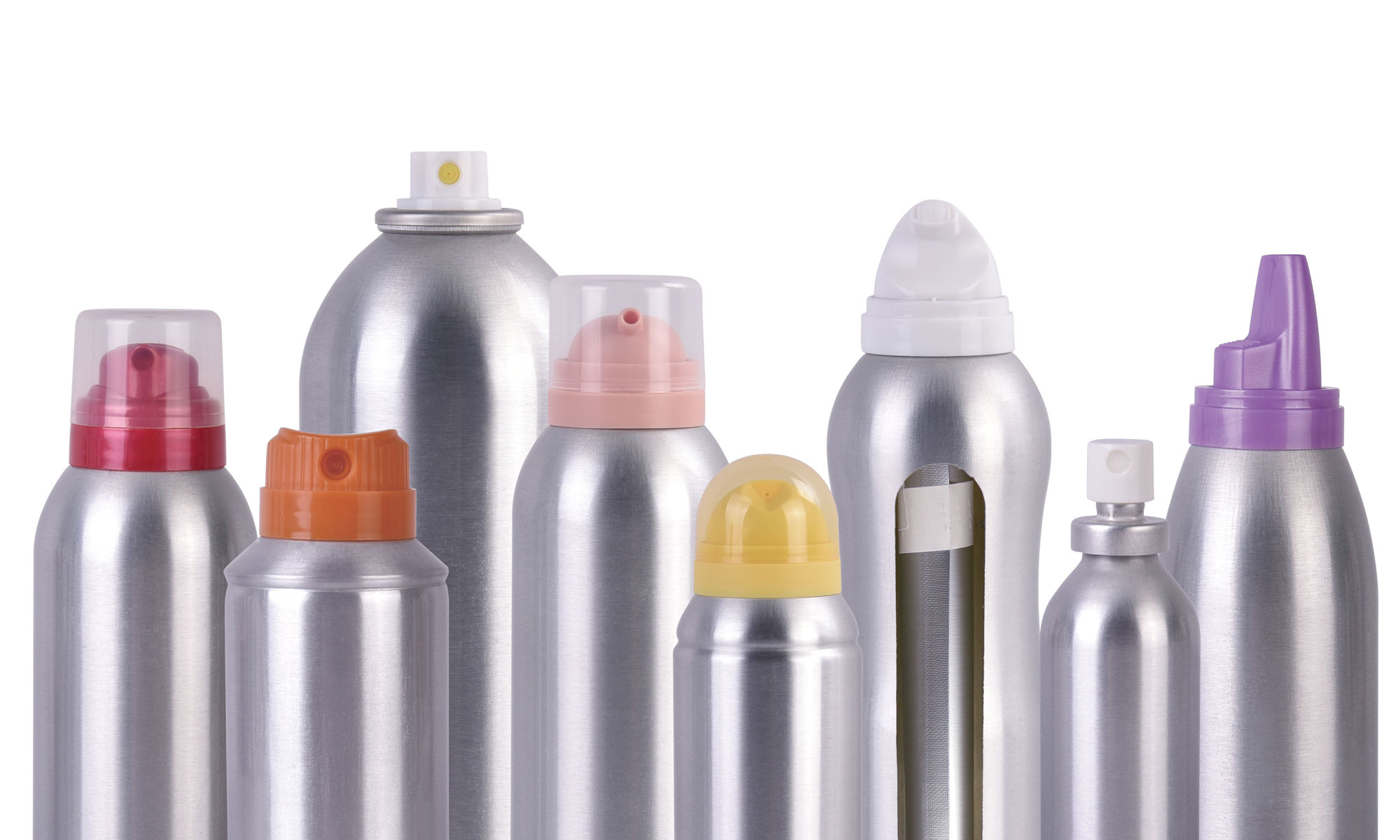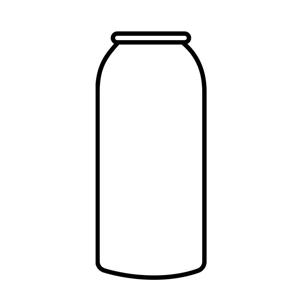에어로졸 밸브 작동 소개
스프레이 제품의 효과적인 전달을 고려할 때, 그것을 가능하게 하는 필수 구성 요소 중 하나는 다음과 같습니다. 에어로졸 밸브. 이러한 겸손하지만 중요한 메커니즘은 에어로졸 캔에서 내용물이 안전하고 일관되게 분배되도록 보장하는 데 핵심적이며, 개인 관리 품목에서 산업용 응용 분야에 이르기까지 광범위한 제품을 포괄합니다. 제조업체 그리고 공급업체 에어로졸 밸브의 경우, 최적의 기능과 성능을 위해 이러한 구성 요소를 제작하는 데 필요한 정밀성과 전문성을 잘 알고 있습니다.
오늘은 에어로졸 밸브 작동의 단계별 프로세스를 자세히 살펴보고, 필요에 맞는 올바른 에어로졸 밸브를 선택하는 데 대한 이해와 자신감을 높이는 통찰력을 제공합니다. 초기 액추에이터 압력에서 제품 흐름 관리 및 일관된 스프레이 패턴 유지에 이르기까지 에어로졸 밸브 역학의 각 측면을 안내해 드립니다. 또한, 유용하다고 생각될 수 있는 밸브 기능에 대한 몇 가지 내부 팁과 덜 알려진 사실을 공유해 드립니다.
에어로졸 밸브 작동 방식: 액추에이터 압력에서 제품 방출까지
에어로졸 밸브는 액추에이터로 시작하는 조정된 시퀀스를 통해 작동합니다. 액추에이터는 사용자가 캔 내부의 제품을 방출하기 위해 누르거나 기울이는 밸브의 일부입니다. 액추에이터에 압력이 가해지면 밸브 스템이 눌려 밸브 하우징 내부의 씰이 깨지고 추진제가 제품을 밀어낼 수 있습니다.
액추에이터에 가해지는 초기 힘이 이 프로세스를 시작하지만, 단순한 압력 외에도 고려해야 할 사항이 더 있습니다. 액추에이터의 재료, 설계 및 이를 누르는 데 필요한 힘은 모두 제품이 분배되는 방식에 영향을 미칩니다. 역사적으로 에어로졸 밸브는 정밀성이 중요한 응용 분야의 분배 프로세스를 간소화하기 위해 개발되었습니다. 오늘날 액추에이터는 미세한 안개이든 표적 스트림이든 다양한 스프레이 스타일을 위해 설계되어 분배 경험에 대한 사용자 제어를 향상시킵니다.
유용한 팁 하나: 올바른 액추에이터 유형을 선택하면 제품 성능에 큰 영향을 미칠 수 있습니다. 화장품과 같은 분야에서는 더 미세한 미스트를 전달하는 액추에이터가 더 매끄러운 적용을 보장하는 반면, 산업 제품은 종종 더 두꺼운 용액을 처리할 수 있는 더 튼튼한 액추에이터의 이점을 얻습니다.
제품 흐름 관리: 딥 튜브 및 하우징의 역할
딥 튜브와 밸브 하우징은 에어로졸 캔 내에서 제품 흐름을 관리하는 데 필수적입니다. 딥 튜브는 밸브에서 제품까지 아래로 확장되어 액추에이터가 작동하면 내용물을 끌어올려 방출할 수 있습니다. 딥 튜브의 설계와 길이는 제품의 점도와 밀도, 그리고 원하는 분무 출력에 따라 신중하게 보정됩니다.
예를 들어, 식품 등급 에어로졸에서 딥 튜브는 최소한의 오염을 보장하고 식품 안전 기준을 유지하도록 설계되었습니다. 또한, 스템, 스프링, 개스킷이 있는 밸브 하우징은 제어 챔버 역할을 하여 제품 흐름이 안정적이고 제어되도록 보장하여 갑작스러운 폭발이나 불규칙한 분무 패턴을 방지합니다.
알고 계셨나요? 딥 튜브의 길이는 캔 내에서 얼마나 많은 제품이 사용되는지에 영향을 미쳐 제품 분배를 극대화함으로써 낭비를 줄이는 데 도움이 될 수 있습니다. 예를 들어, 잘 설계된 딥 튜브는 바닥의 마지막 몇 방울까지 닿을 수 있어 효율적인 제품 사용을 보장합니다.
일관된 분무 패턴 유지: 안정적인 성능을 위한 기술
스프레이 패턴의 일관성은 가장 중요한데, 특히 페인트, 코팅 또는 탈취제와 같이 균일한 도포가 필요한 에어로졸 제품의 경우 더욱 그렇습니다. 일관된 스프레이 성능을 달성하려면 액추에이터, 스템, 딥 튜브를 포함한 각 밸브 구성 요소의 정밀한 설계와 추진제 유형이 필요합니다.
예를 들어, 기계적 분리(MBU) 액추에이터는 설계 내에 소용돌이 챔버를 포함하고 있어 제품이 나가기 전에 제어된 채널로 유도하여 미세하고 균일한 안개를 생성할 수 있습니다. 이 기술은 기계적 분해, 정밀하고 균일한 분무가 필수적인 적용 분야에 특히 유용합니다.
역사적으로 일관된 분무 패턴의 개발은 불규칙한 분무가 열악한 제품 성능으로 이어질 수 있는 산업적 요구 사항에서 비롯되었습니다. 오늘날 일관된 분무 패턴을 유지하는 것은 많은 소비자 제품에서 기대되는 사항입니다. 제조업체는 각 밸브가 의도한 대로 작동하는지 확인하기 위해 분무 패턴 분석과 같은 테스트 프로세스에 의존합니다.
프로 팁: 에어로졸 밸브를 선택할 때는 적용 분야에 필요한 스프레이 패턴을 고려하세요. 개인 관리 제품의 경우 더 부드럽고 미세한 미스트가 더 바람직할 수 있지만, 산업용 제품의 경우 더 넓은 범위를 적용하려면 더 농축된 스프레이가 필요할 수 있습니다.
일반적인 FAQ: 에어로졸 밸브 작동 이해
- 에어로졸 밸브의 액추에이터의 목적은 무엇입니까? 액추에이터는 밸브 스템을 눌러 제품 방출을 제어하여 제품이 분사되도록 합니다.
- 딥 튜브는 제품 흐름에 어떤 영향을 미치나요? 딥 튜브는 캔 바닥에서부터 밸브까지 제품을 끌어올려 효과적으로 분사할 수 있는 제품 양에 영향을 미칩니다.
- 에어로졸 밸브에서 추진제의 역할은 무엇인가? 추진제는 밸브를 통해 제품을 밀어내는 데 필요한 압력을 생성하여 부드럽고 일관된 분무 패턴을 가능하게 합니다.
- 딥 튜브의 길이를 맞춤 설정할 수 있나요? 네, 길이를 조절하여 특정 제품 제형에 맞게 조절할 수 있으며 캔 내에서 제품 사용을 극대화할 수 있습니다.
- 다양한 스프레이 패턴에 사용할 수 있는 액추에이터 유형은 무엇입니까? 액추에이터는 제품의 용도에 따라 미세 안개 액추에이터부터 보다 강력한 스프레이 액추에이터까지 다양할 수 있습니다.
- MBU 액추에이터는 어떻게 작동하나요? MBU 액츄에이터는 소용돌이 챔버를 사용하여 제품을 미세한 안개로 분해하므로 균일하게 도포하기에 적합합니다.
- 밸브 조립에서 크림핑이 중요한 이유는 무엇입니까? 크림핑은 밸브를 캔에 고정하여 누출을 방지하고 일정한 압력을 유지합니다.
- 에어로졸 밸브의 일반적인 문제는 무엇입니까? 누출, 막힘, 불규칙한 분사 패턴은 흔히 발생하는 문제로, 종종 부적절한 조립이나 구성 요소 불일치로 인해 발생합니다.
- 에어로졸 밸브가 일관된 분무 패턴을 제공하는지 어떻게 확인할 수 있나요? 분무 패턴 분석을 포함한 정기적인 품질 점검은 성능의 일관성을 유지하는 데 도움이 될 수 있습니다.
- 에어로졸 추진제에 대한 지속 가능한 옵션이 있습니까? 네, 환경에 미치는 영향을 줄여주는 친환경 추진제도 있습니다.
에어로졸 밸브 제품에 대한 더 많은 통찰력과 자세한 사양을 보려면 당사 제품 페이지를 방문하세요. https://www.cnshining.com/aerosol-valve-manufacturer 또는 당사 팀이 귀사의 에어로졸 밸브 요구 사항을 어떻게 지원할 수 있는지 자세히 알아보려면 당사에 문의하세요.






















